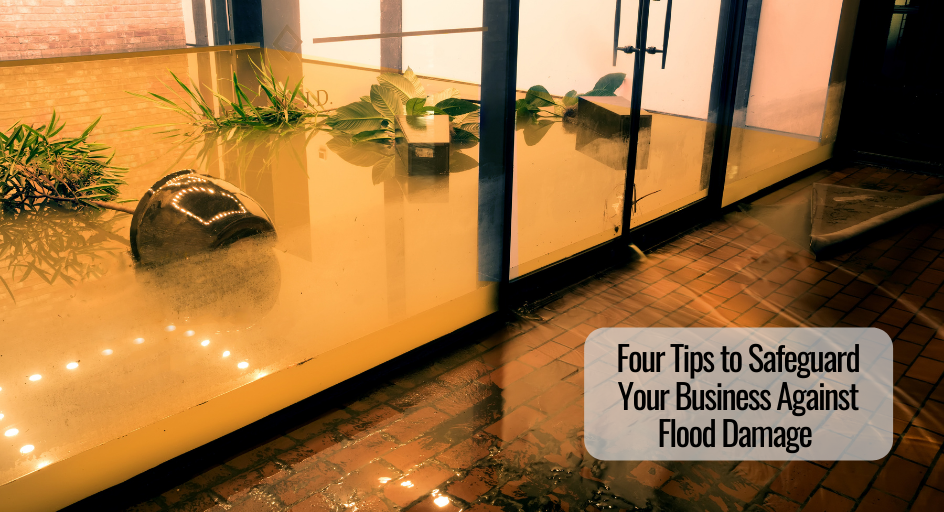There are plenty of things to worry about if you own a business – there are customers to attend to, employees to manage, transactions to record, and future plans to be made. With all of these things on your plate, the possibility of a flood may be the last thing on your mind, but flooding can cost thousands of dollars in damage and shut down your business for weeks. If you take the necessary precautions, you can stop worrying about flood damage and focus on the things that matter to you. Here are the best ways to protect your business against flood damage.
Perform a Risk Assessment
In order to protect your business from flood damage, the first step is to perform a thorough risk assessment. When assessing risks, assume that the absolute worst possibilities will happen and plan accordingly. Think about what materials or machinery may be susceptible to flood damage in their current placement.
Create an Emergency Plan
Once you have thoroughly analyzed the possible risks of a flood, begin creating an emergency plan that can be implemented by you and your employees. Consider the risks to your business outside of damage to your building – an emergency plan should include instructions for employees who cannot get to the office, possible solutions to supply chain problems, and maintaining other critical operations. Consider adopting a backup phone system in case your employees are unable to reach the office. Additionally, you may want to keep digital copies of your records stored on a cloud or keep copies of critical documents at an offsite location. Once you have developed an emergency plan, ensure that your employees are properly trained on their roles during times of crisis. When your team is thoroughly trained and ready, continually test and improve your emergency plan to further protect yourself in the future.
Inspect and Prepare Your Building
Now that you have assessed your risks and created an emergency plan, it is time to inspect and prepare your building. There are many ways to reduce the severity of flooding on your property, including extending downspouts, cleaning gutters regularly, sealing water entry points, and regrading the ground around your building so that water flows away from the structure. Additionally, consider using local plants for your landscaping, as native species will help reduce soil erosion and enable the water to drain into the ground more efficiently. It is important to remember that the lower floors of your building are at a higher risk of flooding, so consider storing essential equipment, electronics, or records on a higher level if possible.
Purchase the Right Flood Protection Policy
If you truly want peace of mind and quality protection from flood damage, getting adequate flood insurance is absolutely essential. Many mortgage lenders require flood insurance to qualify for a loan, but these policies do not always provide adequate coverage to fully protect you from financial damage in the event of a flood. According to the National Flood Insurance Program, the average commercial flood claim between 2011 and 2015 was $90,000 – are you prepared to pay that?
While flooding is inevitable, you can take the necessary steps to protect yourself from losses. Contact your insurance agent to discuss your current flood coverage to ensure that your policy completely covers your needs.


